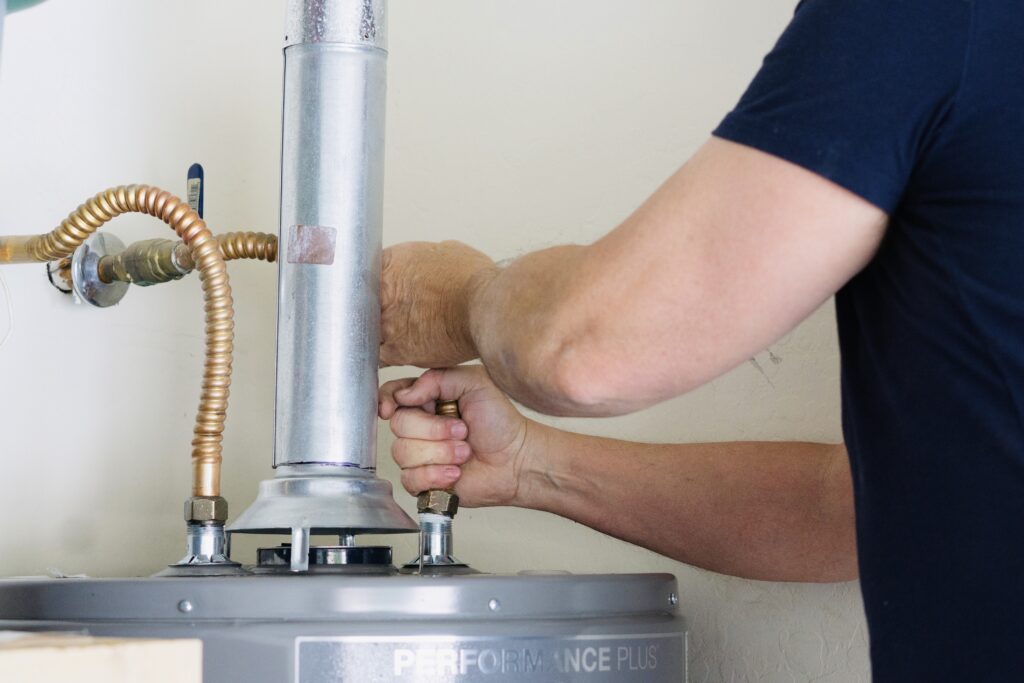When you own a water heater, you may use it constantly for showers, washing dishes, and other purposes. While most are built to last long, your water heater tank Philippines may eventually sustain damage.
Regular maintenance is the key to ensuring the longevity of your water heater. But how do you do it?
Below, we listed a few maintenance tips for your multipoint water heater Philippines:
Perform Regular Inspections
The last time you checked your water heater was probably during the initial installation. However, as time passes, your heater may suffer from wear and tear, some of which are not easily noticeable.
You should always have regular check-ups on the condition of your water heater to quickly catch minor damages and have them repaired soon. Forgetting to do so may turn small issues into major repairs, which will inconvenience you in terms of time and cost.
Check the Pressure Relief Valve
The pressure relief valve is a failsafe intended to release pressure from your water heater in case it gets too hot. This component must always be in good condition since your tank might over-pressurize and explode if it does not function correctly.
To test the operation of your valve, turn the power and cold-water supply valve off and place a bucket below the pipe connected to the pressure release. Lift the tab of the valve to allow water to flow.
If the water keeps going, drain the tank and replace the valve.
Flush the Tank
Do you have a traditional tank water heater? If yes, one of the necessary maintenance steps is to flush it regularly. Flushing helps prevent the buildup of calcium and other sediments that may compromise the efficiency of your heater’s operations and cause clogging in the pipes.
To flush your tank, drain the remaining water and briefly open the cold water supply to stir the sediments at the bottom. Drain and repeat the procedures until clean water flows from the hose.
Examine the Anode Rod
The anode rod is vital to prevent your water heater from sustaining corrosion damage. Think of it as a sacrificial part that saves your tank, which is why it must be replaced every five years to preserve the integrity of your heater continuously.
To inspect the anode rod, attach a hose to the heater’s drain cock and release a few gallons of water. Unscrew the rod; if calcium buildup is thick or completely coating the anode, replace it immediately with a new one.
Reliable Water Heaters in the Philippines
At Rheem Asia, we prioritize our customers above all else. With highly innovative and sustainable water heaters designed by experts, you can depend on us to provide you with tog-grade products capable of servicing households for years.
Visit us today at https://www.rheemphilippines.com/.
